Classic Common Cooking Mistakes and How to Avoid Them
This is a simple guide to some classic mistakes many home cooks make and how to avoid them. Read on to discover how to prevent ruining your meals and making them 'par excellence'.
You Don’t Read The Recipe or Measure Ingredients Properly
Take time to carefully read the entire recipe from start to finish before getting started. The timing, sequence and when you add certain ingredients are all important. Carefully follow the mixing and cooking times for each step is vital, especially if your are cooking the dish for the first time. Use proper measuring spoons, cups and balances to ensure you add the correct amounts every time. This includes levelling off spoons and cups except when 'heaped' is specified. Also be careful to have all the ingredients at the specified temperature before adding them to the mixture.
Adding cool or cold meat into a hot pan
When you put cold meat onto a hot grill, wok or a hot pan the temperature drops and stews rather than fries. The coldness of the meat, especially larger thicker pieces cooks unevenly and can be raw inside when cooked ideally on the outside. The raw meat will cook more evenly, thoroughly and properly if you leave the meat out, covered, at room temperature for about 15-30 minutes. You can also warm it using a microwave oven for 10-20 seconds, but this is far from ideal.
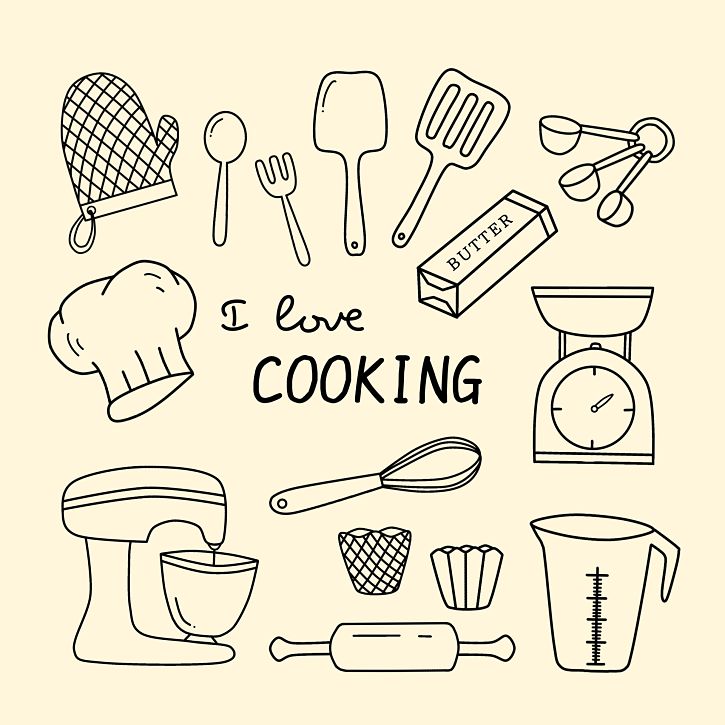
Common Mistakes with Pasta
Cooking pasta is one thing that you think would be easy and hard to get wrong. However, there are many things that can go wrong and spoil your pasta with imperfections:
- Under-seasoning pasta water - Not seasoning the pasta water adequately denies your dish of one vital element of flavor. Pasta soaks up flavors from the water or the sauce like a sponge, so to boost the flavor, add at least 1 1/2 tablespoons of salt for every pound (500 g) of pasta you're making.
- Using a Pot that is Too Small - Your pasta will be better if cooked in a large pot with lots of salted of water than when crowded into a small pot. The extra space allows the pasta room to move around as it cooks, preventing clumping as the strands stick together.
- Pouring the Sauce Over the Pasta - The final assembly stage can make or break a pasta dish! The sauce should not be poured on top of a serving of pasta. This does not allow the sauce to infuse into the pasta. Instead, make your sauce on your stove-top using a wide pan that is large enough to take all of the pasta. When the pasta about 1-2 minutes being done to 'al dente', strain it and add it to the sauce. Stir and allow the pasta to finish cooking in the pan. This makes all the difference.
- Wasting the Pasta Water Rather than Using It - The starchy and salty pasta water can really improve and add body to your sauce. It can also help the sauce stick to the noodles themselves. Simply use a small amount of the pasta water when making your sauce.
- Adding Oil to the Cooking Water - Adding oil to your pasta water to prevent long noodles from sticking together does not work. Instead, use a larger pot and more salted water to cook the pasta. The oil also stops the sauce from sticking to the pasta which is a key element for the finished dish.
- Serving Pasta on a Flat Plate - It is always best to serve pasta in a bowl instead of on a plate. The bowl makes it easier to eat and keeps the sauce in contact with the pasta.
- Adding Dry Pasta before the Water Boils - If you add your dry pasta to the water before it starts boiling the noodles will lose their texture and may clump together. Wait for the water to be vigorously boiling and use a large volume so that the water does not come off the boil when the pasta is added.
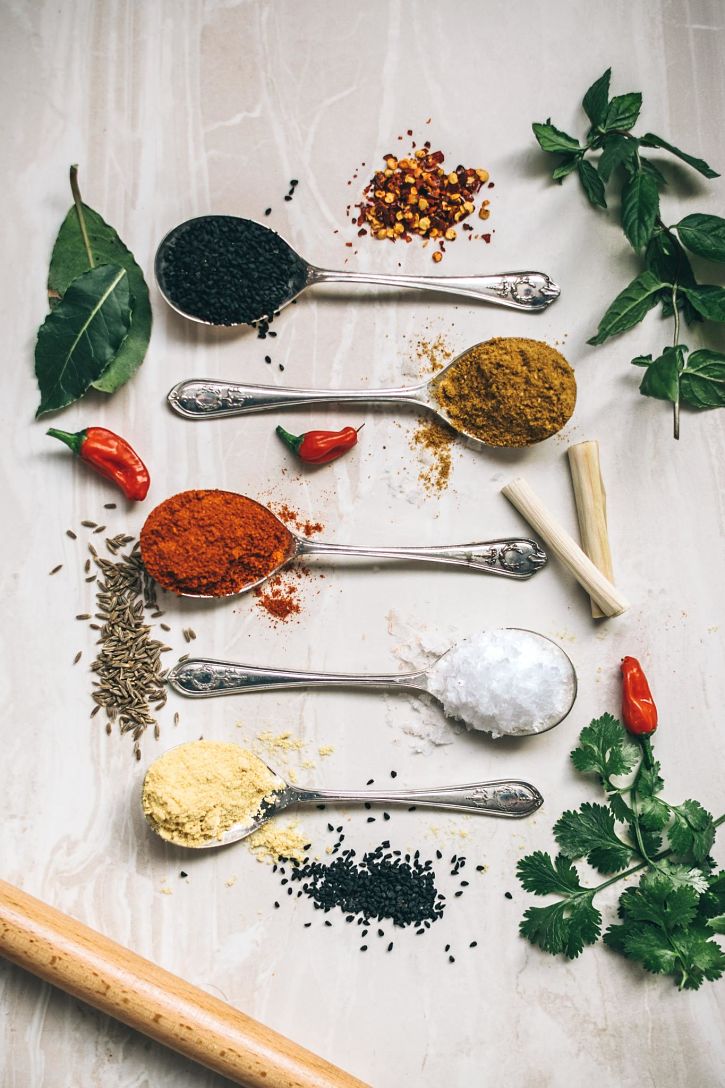
Letting Salad Get Limp and Soggy
There are several reasons why a salad can become soggy, greasy, lifeless, mushy, soft and a disaster. Most greens such as lettuce, arugula, spring onions and spinach are delicate and they become soft a soggy if they are kept wet for too long. After adding the dressing the greens will quickly deteriorate. So chop and add them at the last minute, and don't add the dressing until seconds before the salad is served. It is also a good idea to serve salads on a chilled plate
Letting Apples, Basil and Avocados Oxidise and Brown
One major mistake of novice cooks is to not realise that apples, avocados, and other fruits are prone to oxidation and can quite become brown after cutting or slicing. The best way to prevent oxidation is to spray the cut items with lemon or lime juice. This stops the oxidation. Honey or oil can be used as an alternative.
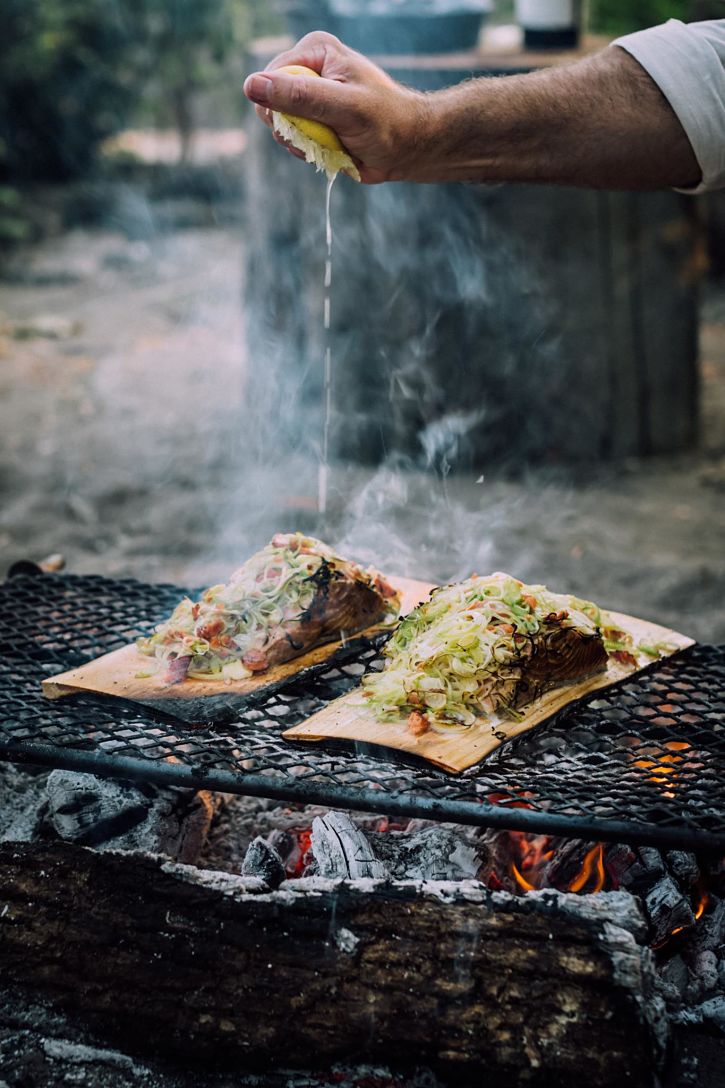
Not Using Enough Seasoning
Inadequate seasoning is a common mistake leaving the food bland and unexciting. Inadequate salt is a common error. Even if the recipe doesn't include salt, adding just a tiny pinch will enhance the flavor. Freshly ground black pepper gives the dish a spicy kick. You have to get those taste buds wake up and take notice! However, over-seasoning can also be a mistake. It pays to taste and adjust the seasoning as you go when the dish is being prepared.
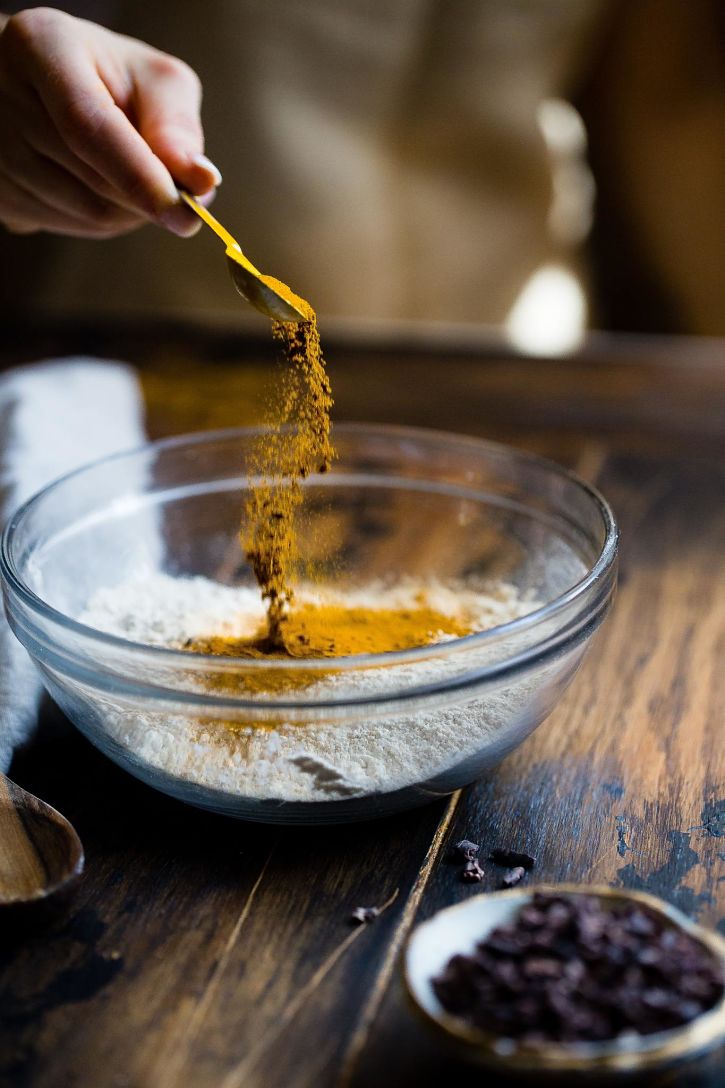
Poultry Becomes Dry and too Firm
There are several common cooking errors to avoid if you want your chicken, duck and turkey to be tender and juicy.:
- Grilling poultry on the hottest part of the grill or barbeque - Keep the chicken away from the hottest part and be aware that the fat dripping from the meat can make the flame hotter.
- Not cooking it for the right time or at the right temperature - Follow the cooking instructions carefully and use a meat thermometer to determine when the meat is just cooked to the way you want it.
- Inadequate basting of the poultry when cooking - Poultry tends to lose fat quickly during the cooking process, perhaps quicker than red meat and pork. So you need to add a little fat or oil to the top of the poultry as a basting when you're roasting or grilling poultry. Adding butter, drippings, olive oil, coconut and other fats can be beneficial in adding flavor . You can also use neutral flavor oils such as rice bran or grape seed oil.
- Not locking in flavor and juices by covering the poultry when cooking in the oven - Covering the meat with foil or adding a lid to pans helps to lock in the flavor and moisture. If you ask many chefs, one of the most common cooking mistakes to avoid is not having either tool in your kitchen when you cook chicken.
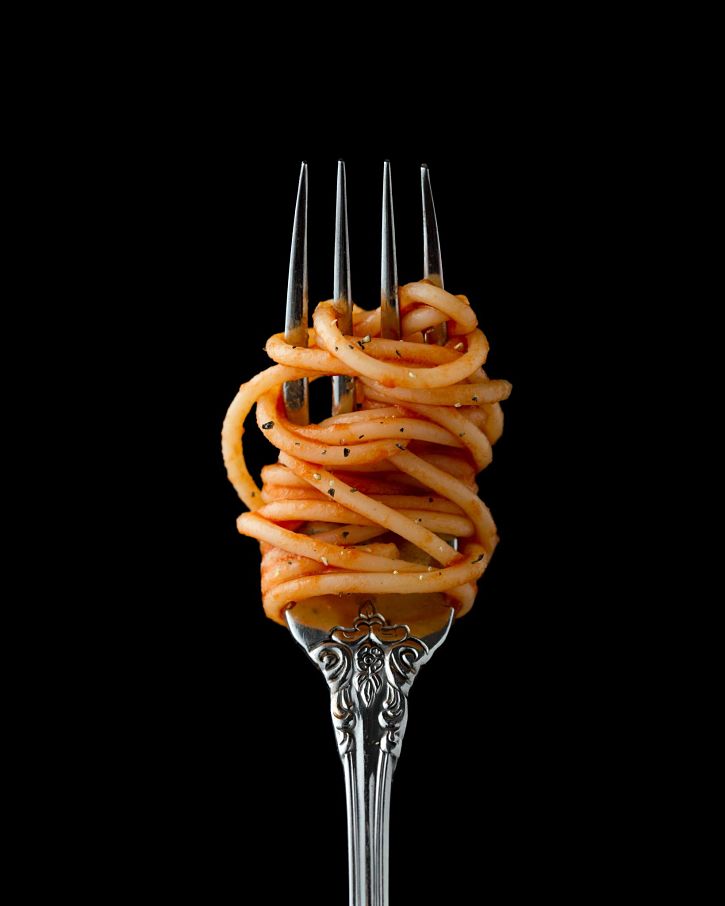
Slicing Meat with the Grain, Rather than Across the Grain
This is one of those simple cooking mistakes that can ruin a well-cooked dish. Slicing meat against or across the grain makes the meat soft, tender and more receptive to marinades and sauces. Slicing with the grain gives the meat a firm texture.
Adding Garlic too Early in the Frying Process
Garlic burns easily and should be added towards the end of the frying process otherwise it gets bitter and tastes burnt.
Rushing Caramelizing of Onions and Browning of Vegetables
When frying or roasting vegetables to release the different flavors of caramelization and browning it is important to take your time to ensure the vegetables are thoroughly browned. Doing it too quickly can burn the vegetables and will not allow the full potential of the flavors to develop. Caramelizing onions is a slow process. They become creamy, sweet, buttery, and delightful when cooked slowly and thoroughly. If you try to rush the process they can burn and become bitter. Adding a little sugar or other sweetener helps the caramelization process.
Not Tasting Through the Cooking Process
Many people make the mistake of not tasting what they are making several times through the process. The taste of the raw ingredients differs from when it is cooked. The flavors develop though the cooking and so it is worthwhile adjusting the seasoning as you go rather than at the end, just before the dish is served.
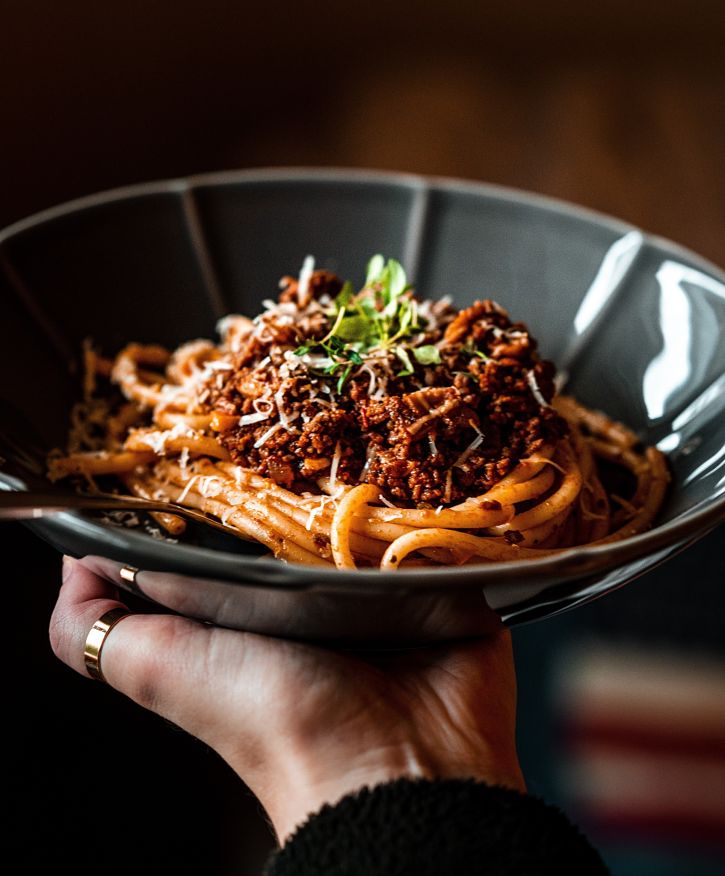
You Over-Soften Butter or Don't Use it Cold
Recipes for making cookies, pastry and cakes often specify softened butter, but what does that really mean? Ideally, the butter should still be firm to the touch and cool rather than warm. Over-softened butter can lead to cookies and cakes that don't rise properly when cooked. Instead, cut the cold butter into cubes and set it aside on your counter-top for 15-20 minutes so that it softens a little. When the recipe calls for cold butter should be really cold and it should stay cold through the cooking process. This is especially important when layering pastry. The butter should not melt while the dough is being processed. You may need to work on a cold surface or return it to the refrigerator once or twice during the process to keep it cold.
You Don’t Measure Ingredients Accurately
Measuring accurately is especially important when baking. Use proper measuring cups and spoon devices and always level off before adding to the bowl. Add the ingredients 'lightly' into the cup or spoon measures, rather than packing it in hard. The same applies to chopped vegetables and herbs.
You Have the Pan Overloaded or Crowded
Overcrowding the pan can make it much harder to get a nice crust of the food items, brown them or get the caramelization to work. Take the extra time and work in smaller batches or use a much larger and wider pan. Adding a large volume of food to a pan can significantly reduce the temperature which can ruin the frying or sauteing process. Allow the pan to reheat between batches. It is also best to clean the pan between batches to avoid burning and bitter tastes. The extra effort is worthwhile.
You Turn Items in the Pan or on the Grill Too Often or Too Soon
Another symptom of impatience ruining a dish is to flip food more often than necessary, or before the first side has browned. This applies for both frying and grilling. The taste will improve if you only flip once and let the food cook to perfection on the first side before even thinking about turning it over. Also, start cooking on the skin side as when you flip it over the food will be firm and less likely to fall apart when cooked on the second side.
Your Pan or Grill Isn’t Hot Enough
If your pan isn’t hot enough before you add your food, it will begin to soak up the oil or butter you put in the pan or will stew rather than fry or grill properly. This can make the food taste unpleasantly oily and become soft and mushy. It also eliminates your chances of getting a good crust, sear, browning, or caramelization. Instead, heat your pan dry initially, then add your fat or oil to the pan and let it heat up for a few minutes until it starts or shimmer or smoke. To test the temperature, add a tiny portion of what you are cooking into the hot pan. If the food begins to sizzle straight away, the pan is hot enough to begin cooking! Maintaining a hot temperature is also very important. The key aspect is the thickness of the pan and the power of the heat source. A thin wok transfers the high heat of a burner to the food quickly, but the heat needs to be very hot. A wok has no stored heat and so its temperature will drop quickly if you add too much food at the same time. In contrast, a heavy cast iron pan of Dutch oven takes longer to heat up, but it stores a lot of heat and so it remains hot when food is added.
You Use the Wrong Type of Oil or Fat
Many oils have a strong taste that can dominate the taste of a dish. While many people add virgin oil oil to just about everything it can over-power the delicate taste of many dishes. Neutral tasting oils such as grape seed oil and rice bran oil may be a better choice. These two oils also have a high smoke point and so they are excellent choices for shallow and deep frying. Olive oil and coconut oil have low points. Oil with low smoke points can burn at high temperatures, ruining your dishes. For more information about oil and fat 'smoke points' and choosing the best oil for each purpose see: Healthiest Cooking Oils Charts - Fat Type, Smoke Point, Taste.
You Don’t Allow Your Meat to Rest Before Slicing or Serving
Whenever way you cook your meat, be it by roasting, grilling, searing, or sautéing, you need to set it aside for 5-15 minutes to “rest” before slicing or serving it. Resting meat allows time for the cooked meat to 'relax' and for the internal moisture to be reabsorbed and redistributed through the meat. This means that the meat is tender and juicy when you slice or serve it. Rest small cuts of meat such as chicken breasts and thin steaks for about 3-10 minutes before cutting. Rest larger items like whole chicken, duck and turkey and large pieces of roast beef, pork and lamb for 20-35 minutes. Cover the items with a foil “tent” to help keep the meat start warm) while resting and to retain moisture.
You Forget about Residual Heat and How the Cooking Continues after Removing from the Heat
Many people inadvertently over-cook their dishes because they forget that the residual heat inside your cooked food continues to cook it, even after the dish has been removed from the flame or oven. The so-called 'Carryover Cooking' usually only lasts for a few minutes, but it can make-or-break your attempts to not overcook the food. Always allow for this by ending the cooking time a little earlier than specified. This applies to items such as pasta and rice. It is also very important for vegetables and herbs which should be served slightly under-down to retain their crispness and color.
Don’t Rinse Dry Grains, Rice, Peas, Pulses and Beans
Most dry grains (like rice, barley, quinoa, farro, etc.) come coated in a starchy powder that forms during packaging and storage as the grains rub against each other. Adding this starchy powder with unwashed and rinse grains to the cooking liquid can make your cooked grains mushy and sticky. To avoid this issue, wash you grains in cold water and drain, or run water over the grains held in a fine-mesh sieve for several minutes. This will ensure your cooked grains are fluffy, separated and perfectly cooked.
Related Articles
- Cooking Fresh Asparagus - How to Fry, Roast, Steam, Microwave and Grill
- Top 20 Tips for Safely Slow-Cooking Food
- Easiest and Best Way to Cook Fish - Defeat Your Fear of Cooking Fish
- Frozen Salmon Cooking Times - Instructions For Grilling, Baking
- Resting Meat After Cooking - Tips and Guides for Grilling, Roasting, Barbecuing
- How to Prepare Garlic - Cooking Tips, Hints and Tricks for Fresh Garlic
- Why Many Recipes Fail - Best Ever Cooking Tips and Secrets
- Guide for One Pot Cooking - Tips for One Pan Meals, Dishes and Recipes
- Best Ever Cooking Tips and Guides from Top 40 International Chefs